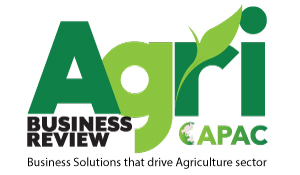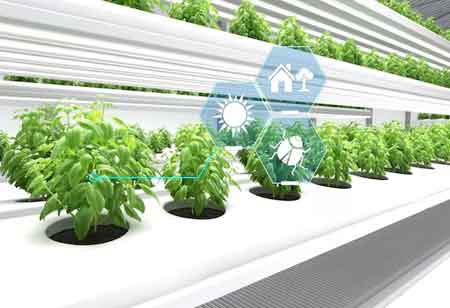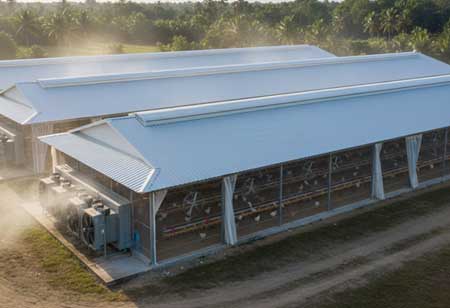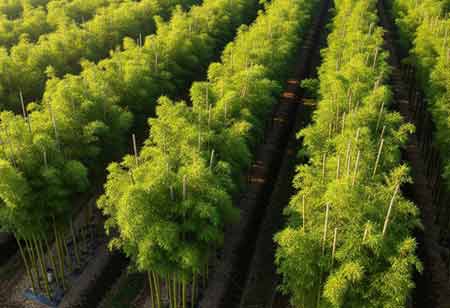Thank you for Subscribing to Agri Business Review Weekly Brief
Digital Adoption in the Agriculture Industry Contributes to Global Sustainability Initiatives
Traditionally, farming has focused on maximizing yields at the lowest possible cost.
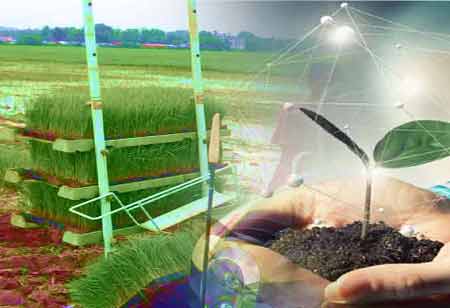
By
Agri Business Review | Tuesday, February 14, 2023
Stay ahead of the industry with exclusive feature stories on the top companies, expert insights and the latest news delivered straight to your inbox. Subscribe today.
Connected sensors, smart tractors, drones, ML, AI farm management software, and smartphone apps have the potential to increase the sustainability of agriculture, reduce labor costs and time, improve crop yields, and give farmers more control and insight into their land.
FREMONT, CA: Traditionally, farming has focused on maximizing yields at the lowest possible cost. Agriculture is evolving as environmental concerns have mounted, and sustainability has become a critical business issue.
Connected sensors, smart tractors, drones, machine learning (ML), artificial intelligence (AI), farm management software, and smartphone apps are helping farmers become more efficient and productive by providing more accurate and timely insights into their operations. The devices also reduce costs and risks associated with farming and facilitate monitoring of crop health and production. The use of these systems decreases water consumption, fuel consumption, fertilizer use, and the emission of greenhouse gases.
Farmers are increasingly realizing that their investments in technologies can yield considerable returns.
Farmers around the world are rapidly adopting sustainable practices, according to McKinsey. Low-tech approaches include low-tilling and no-tilling practices, cover crops, and bio-stimulants, while high-tech approaches involve bio-engineered plants and IoT systems.
Smart agriculture: Agriculture greatly impacts the world's carbon footprint. The industry generates about USD 2.4 trillion annually and employs approximately 1.3 billion people. The industry has a high carbon footprint, according to the United Nations. Agri-food systems account for about 31 percent of global emissions.
McKinsey and Company found that nearly half of all farms adopted sustainable practices. A network of digital sensors monitors microclimate data, crop growth patterns, and soil pH levels. Farmers can use the data fed into systems to adapt and adjust. Software that uses machine learning and analytics adjusts watering and chemical application. Farms and ranches use multispectral drones to monitor plant health, weeds, livestock, and soil health.
Sustainability: The food supply chain contributes to higher carbon emissions pre- and post-production. Increasingly elaborate ESG initiatives and deeper sourcing efforts enable food producers to better understand Scope 3 emissions.
Biotechnology can also be critical in establishing a more sustainable agricultural framework. A growing number of seed and plant traits that are more resilient are the result of genetic engineering. The business and IT communities must recognize their impact and play a role in furthering carbon reduction goals. There is a strong preference for innovation and sustainable farming practices among most farmers worldwide.
